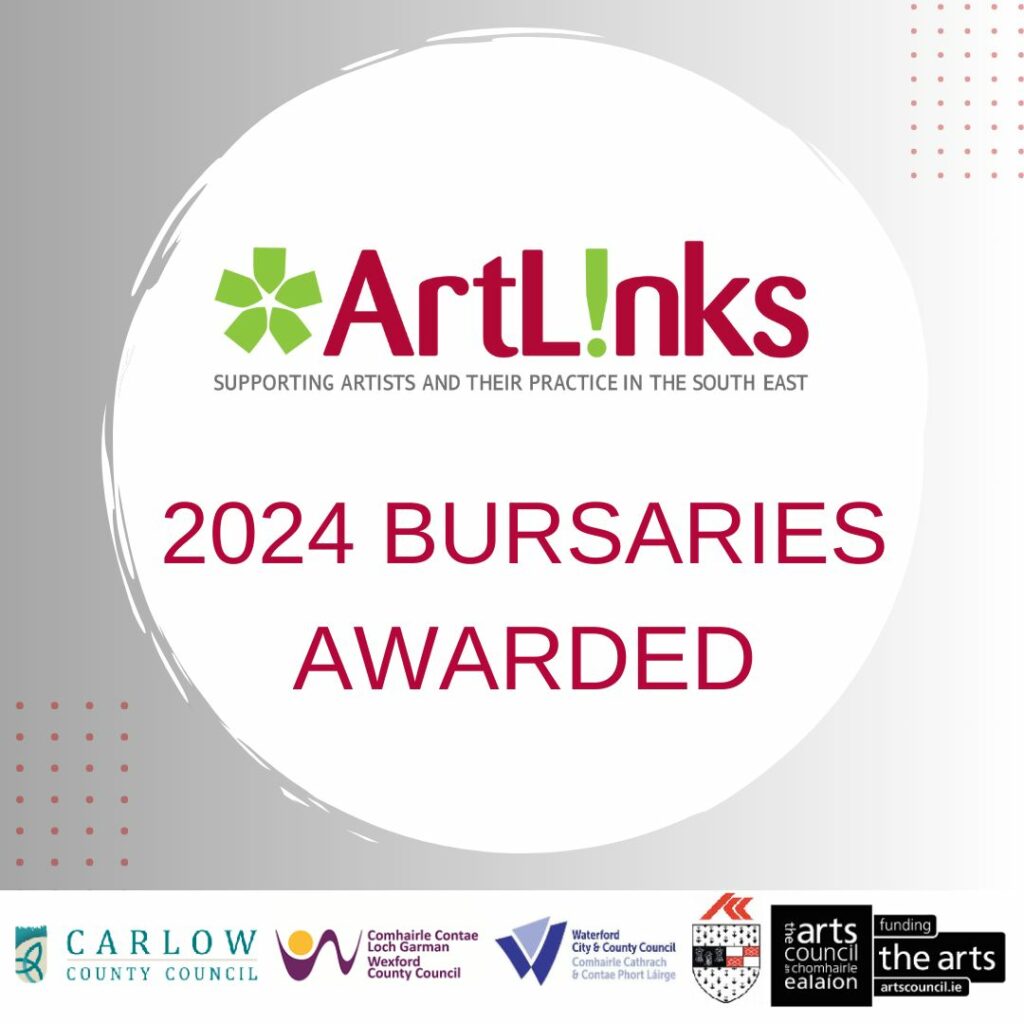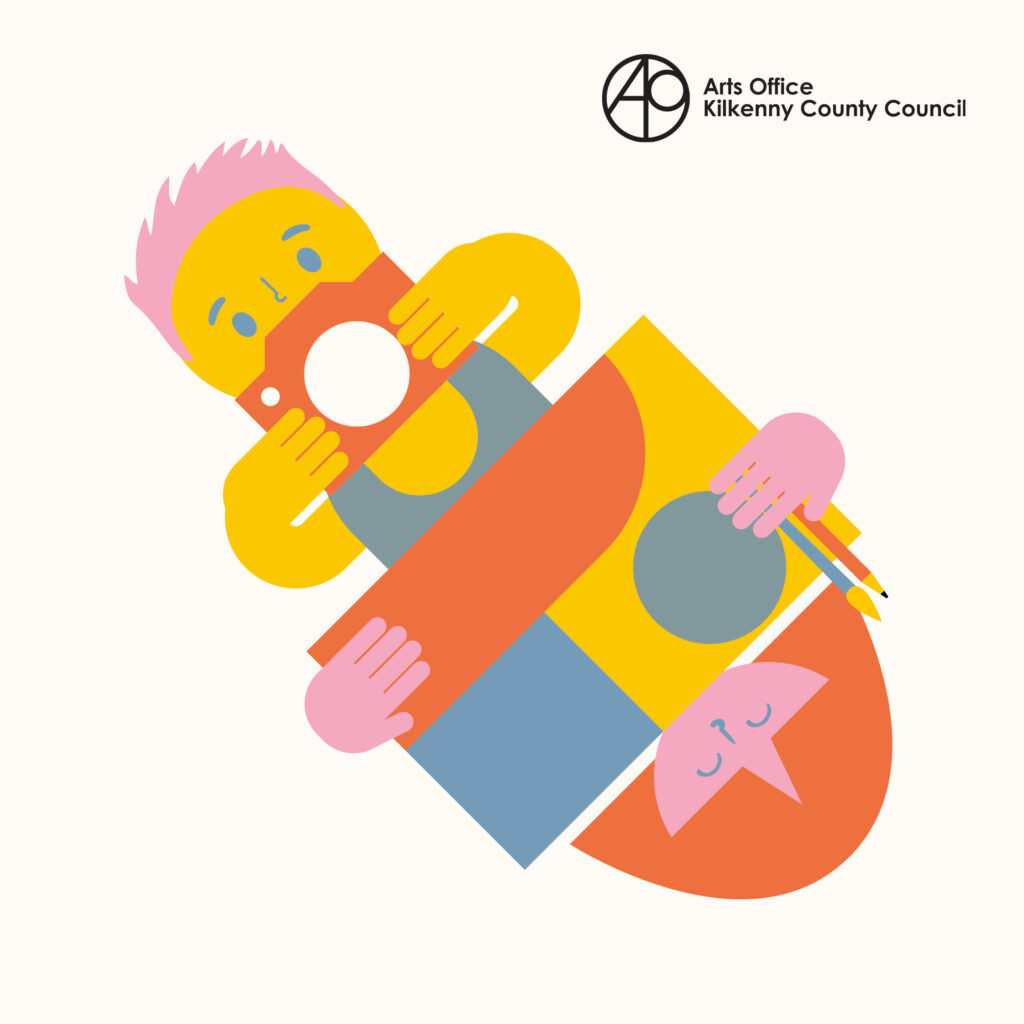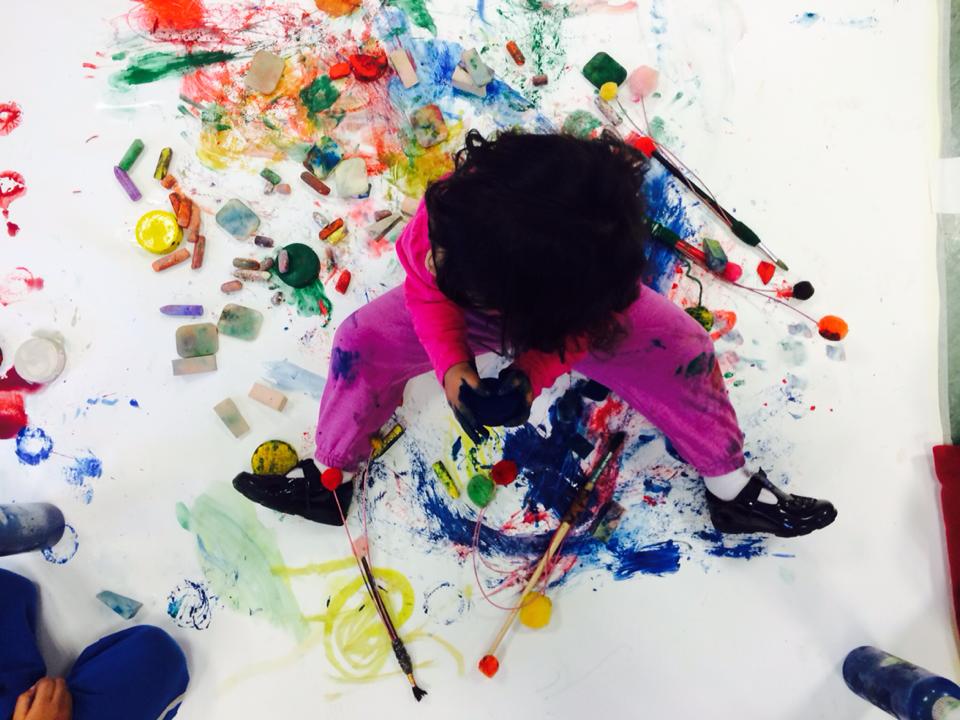Ruth Clinton and Niamh Moriarty
Flicker, 2016
HD video
Duration: 25 minutes, 21 seconds
Collection of the Arts Council/An Chomhairle Ealaíon
_____________________________________
The year 2016 marked 100 years since Britain, and therefore Ireland adopted Daylight Savings Time. The rearrangement of public timekeeping resulted in a sudden loss of twenty-five minutes and twenty-one seconds of what was previously understood to be Irish time. Taking this temporal elision as a starting point, ‘Flicker’ tests the possibility of unfolding infinite moments of unrealised potential into the dramatic setting of Cobh, County Cork.
Collaborative gestures are used to present simultaneous, non-linear narratives of remote (mis)communication and to question the possibility of ownership over intangible forces. Whilst being influenced by the experience of undertaking a year-long residency in Cobh, Clinton and Moriarty looked outward to create a temporary confluence of knowledges: distant and proximate.
A flickering refrain shows two hands of the artists navigate a circular board in order to evoke sea navigation, remote communication, psychic planchettes and tv noise. Irish language subtitles offer a text that has been scrambled and misinterpreted, telling the story of the Cork medium Geraldine Cummins’ 1955 book from the perspective of Colonel Percy Fawcett. Fawcett was a cartographer and famed colonial British Explorer who was once stationed in Cork Harbour but had since fatefully disappeared into the Amazon jungle in the vain search of an ancient, lost city.
___________________________________________________________
Ruth Clinton and Niamh Moriarty are collaborative artists currently living and working remotely between Dublin, Leitrim, and Sligo. They use performance, video, sound installation, and storytelling, along with a detailed research process, to convey visions of transience and resistance. Through mimetic acts of communication and repetition, of resurrection and preservation, they investigate humanity’s struggle against overwhelming natural forces and ask how we can look beyond our limited perceptions of endurance.





